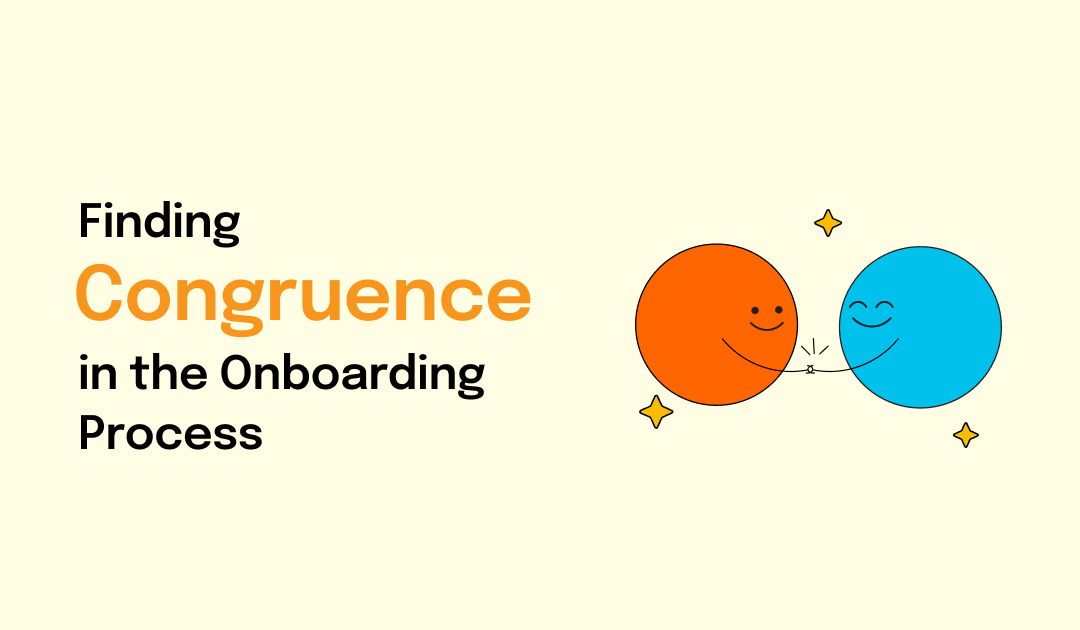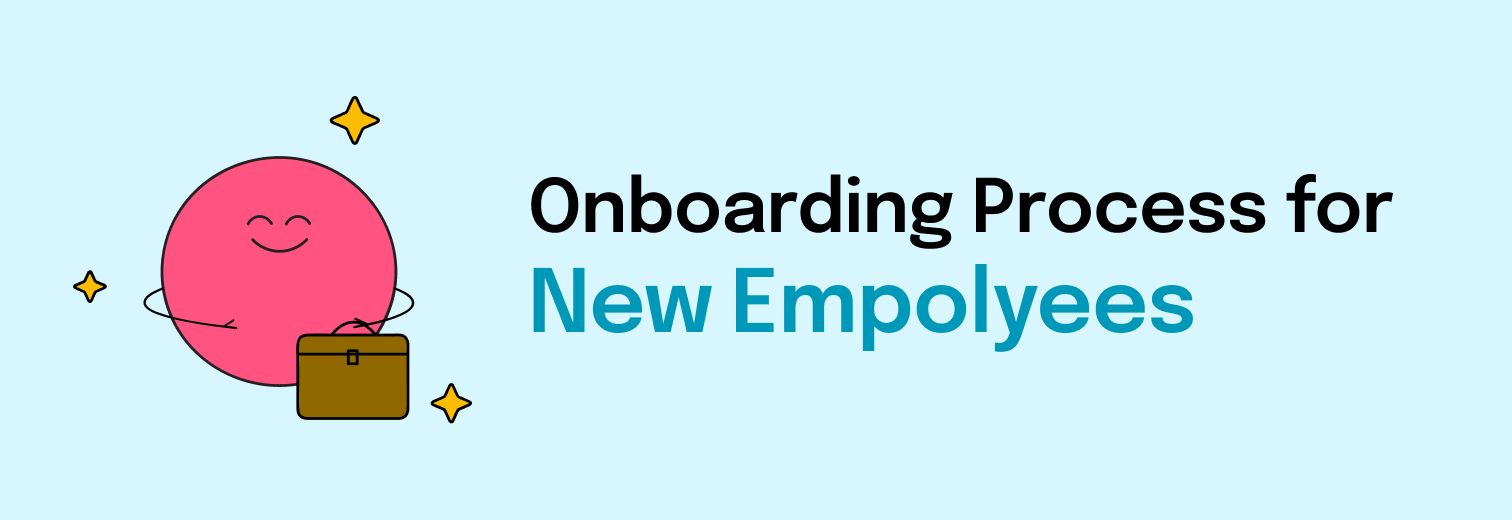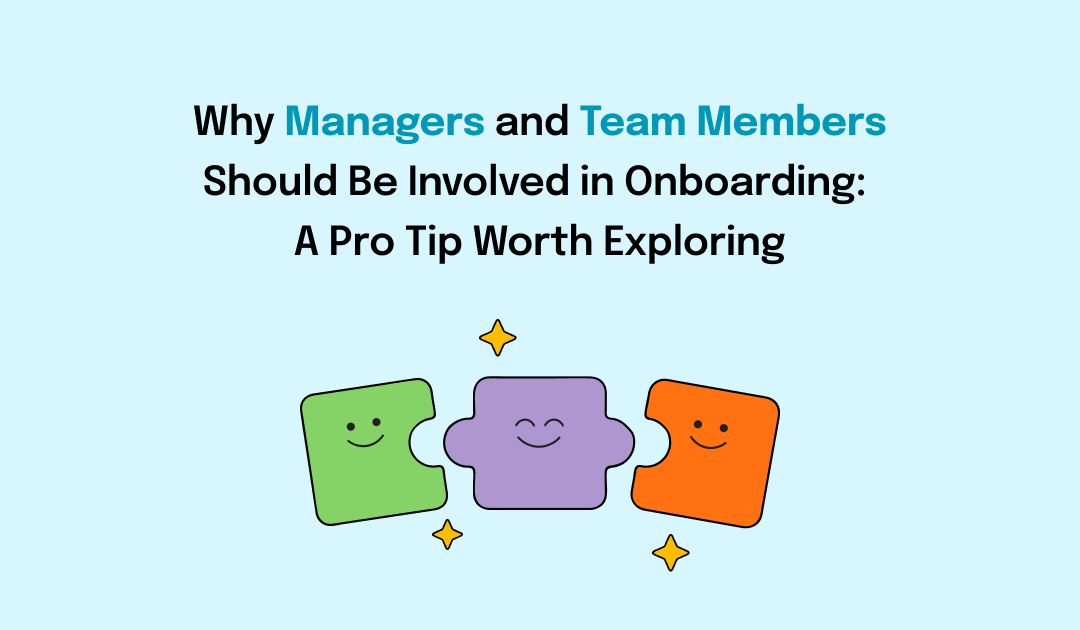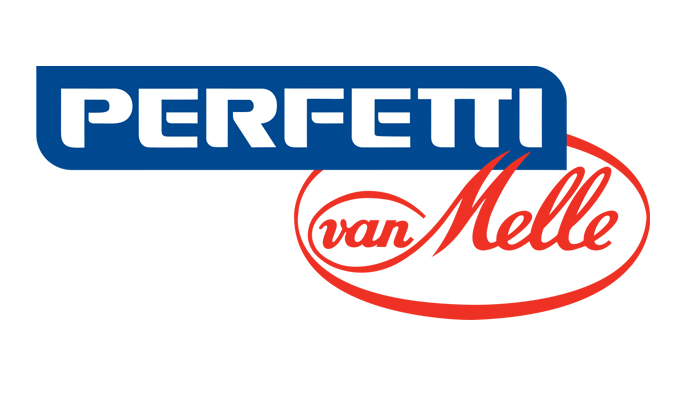Finding “Congruence” in the Onboarding Process
Think about it—how many times have you welcomed a new hire, given them the training, the welcome kits, and all the HR formalities, only to sense something was off? That “off” feeling could stem from a lack of congruence. Congruence refers to alignment—not just on a surface level, but in a much deeper, meaningful way. It’s about ensuring your new team members are genuinely in sync with your company’s values, beliefs, and approach.
During onboarding, there are several key areas where congruence often goes missing: Abilities and Expectations, Value Alignment, Commitment, and Belief in Product or Services. When these elements are out of sync, it’s like trying to drive a car with mismatched tires—eventually, it’s going to break down.
- Abilities and Expectations: What Can I Really Do?
We’ve all been there—starting a new job with certain assumptions about our strengths and weaknesses. But what happens when those assumptions don’t align with the role’s reality? New hires might believe they excel in certain tasks, only to discover that the company’s expectations are higher or simply different. During onboarding and employee training, it’s essential to help people gain clarity about their abilities in the context of the company’s needs. A bit of humble pie now can save a world of disappointment later.
- Values Alignment: Aligning Hearts and Minds
Every organization has its own set of core values, but how often do we go beyond just mentioning them on a glossy PowerPoint slide during onboarding process? Values are the heart of congruence. If your new hires don’t connect with your core values—whether it’s integrity, innovation, or customer obsession—they might end up working against the grain without even realizing it. The best onboarding programs make these values feel lived, not just listed.
- Commitment: Am I In It to Win It?
Motivation doesn’t just appear out of nowhere. Sometimes new hires need a little help finding their reason to fully engage in their responsibilities. Are they committed to the tasks they’ve been assigned? Or are they just going through the motions? When there’s a lack of commitment to daily activities, it often stems from a lack of congruence with their job role. It’s important to inspire a sense of purpose early on.
- Belief in Product or Services: Can I Stand Behind This?
This one’s big. If your employees don’t believe in the product or service they’re supporting, they’ll never reach their full potential. Period. A crack in that belief during onboarding will eventually expand into a chasm. Make sure your onboarding plan includes time to help new hires fully understand—and believe in—what they’re helping to build or sell.
Bridging the Congruence Gap
Table of Contents
So, how do we fix these gaps? How do we help new hires find that sweet spot of alignment where everything clicks, whether it’s Pre-Onboarding, Induction, or Post-Onboarding? Here are a few ways FocusU can help:engag
- Personalized Onboarding Plan: Not everyone walks into your company with the same views or abilities. Take time to understand where your new hires are coming from and adapt your onboarding content accordingly. For example, offering customized modules on your company’s unique approach to selling can immediately clarify expectations.
- Scenario-Based Learning: One of the most effective ways to build congruence is through real-world scenarios. Get your new hires to work through hypothetical situations that demonstrate your company’s values, selling approach, and company culture in action. It’s a fast way for them to “feel” your company’s DNA.
- Regular Check-ins and Feedback: Regularly checking in with your new hires—especially during the first 90 days—can help you spot any signs of incongruence early. This also opens up space for ongoing feedback, ensuring employees understand how their views and performance align with the company’s expectations.
- Strong Leadership Modeling: Nothing beats leadership walking the talk. When leaders embody congruence by living the company’s values and displaying consistent commitment, it sets the tone for everyone else. New hires can learn a lot just by observing top-level employees in action.
Why Does Congruence Matters?
Let’s not ignore the elephant in the room.
In the long run, the cost of missing congruence isn’t just a disengaged employee—it’s an employee who either quietly leaves or, worse, stays and operates at a fraction of their potential. And the irony? This mismatch could have been avoided with a stronger focus on aligning those five key areas during the onboarding process.
As I reflect on this concept, it seems so simple, yet so often missed. Congruence isn’t just another box to check during onboarding; it’s the foundation for creating employees who are not only effective but also fully engaged and motivated. By focusing on these key areas of alignment, we can go beyond just bringing people in to truly welcoming them into the fold. And that’s when the magic happens.
Pro tip: Why not involve managers and team members in the onboarding process instead of relying solely on the TA team? Do you agree?
Penned by Ashutosh Kumar Singh, Sr. Associate – Content Design
Further reading
HSBC | Virtual Gamified Onboarding
Khaitan & Co | Digital onboarding using Microlearning










